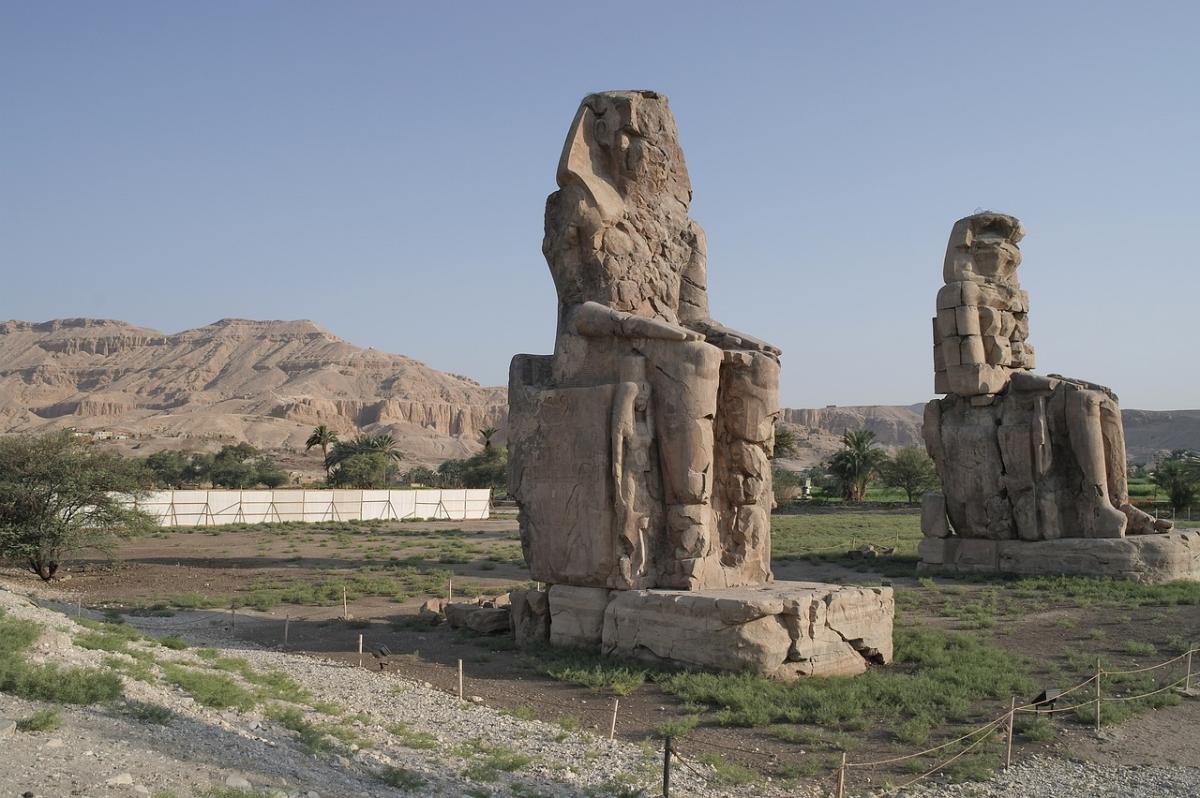
Colossi of Memnon: The Singing Statues of Luxor
The Colossi of Memnon, located in Luxor, Egypt, are two massive statues that stand guard over the entrance to Amenhotep III’s mortuary temple. The two statues depict Pharaoh Amenhotep III in a seated position and were constructed from quartzite blocks around 1350 BC during his reign. At 18 meters high and weighing an estimated 740 tons each, these colossi remain one of the most impressive structures built by Ancient Egyptians. While their original purpose is unclear, it is thought that they may have been intended as symbols of protection for the pharaoh's tomb and also served as monuments commemorating Amenhotep's reign.
History of the Colossi
The Colossi of Memnon were built during the 18th Dynasty of Ancient Egypt, during the reign of Pharaoh Amenhotep III (1390-1352 BC). The two statues are made from quartzite blocks and are estimated to weigh a total combined weight of 740 tons. While no records remain as to why they were constructed, it is believed that they served both as symbols for protection over the tomb and monuments commemorating Amenhotep’s rule.
The construction process was an extensive undertaking that likely took years to complete. The site where the Colossi stand today was first cleared in order to make room for their placement before being leveled off with limestone pebbles. Once this task was completed, workers began laying out each individual block according to a pre-determined plan which had been created by architects and sculptors sent by the pharaoh himself. It is thought that these men worked together in harmony using their skills in mathematics, engineering, and artistry to construct an incredibly detailed structure with perfect symmetry between the two giant figures.
Once finished, it is said that Amenhotep stood proudly surveying his work before giving orders for them to be transported on boats downriver towards Luxor where he intended them be placed at either side of his mortuary temple entranceway-a testament not only his power but also his dedication towards preserving Egyptian culture through artistry and architecture alike.
Architectural Features
The quartzite blocks used to construct the Colossi of Memnon were of an incredibly high quality, likely shipped in from nearby quarries. Each block was carefully measured and cut before being moved into place by workers using primitive tools such as levers and ropes. Some of the quartzite blocks weighed up to 20 tons each and had to be maneuvered with extreme precision in order to ensure perfect symmetry between the two statues. The faces of both colossi are remarkably similar, crafted with life-like features such as almond shaped eyes, thick eyebrows, a flat nose bridge, full lips and a short beard which is indicative of Amenhotep III's own facial features during his lifetime.
Amenhotep also ordered for hieroglyphic inscriptions on many parts of the statues including their feet, legs and torso areas-a sign that he wanted these monuments to serve not only as symbols for protection over his tomb but also representations for his own legacy among future generations. Other architectural details include intricate lines along their arms which create an illusionary undulating effect; they have been suggested by some experts as representing physical manifestations or even divine power emanating from within them both. Lastly, it should be noted that while much remains unknown regarding how exactly these structures were built due to lack of archaeological evidence at the site itself; what we do know is that whoever designed them did so with skillful care-an impressive feat when considering just how large they truly are today!
Legend of the Vocal Memnon
The legend of the Vocal Memnon has been a part of Ancient Egyptian mythology for centuries, dating back to at least the 18th Dynasty. The story goes that each morning, two massive statues known as the Colossi of Memnon would come alive and sing in beautiful harmony as if they were alive. They were said to be guarded by an invisible spirit who only allowed those he deemed worthy enough to hear their song.
The exact origins of this tale remain unknown but it is thought that it may have been inspired by a phenomenon which occurred when the sun rose each day and caused one of the colossi’s quartzite blocks to expand due to thermal expansion; creating a sound similar to what might be described as singing in certain conditions. This natural occurrence was likely witnessed by many people over time and eventually grew into its own mythological tale about two magical statues whose voices could bring joy or protection depending on who heard them-a truly remarkable feat considering how large and silent these monuments had stood for thousands of years prior!
As time went on, stories began circulating about travelers from far away lands having encountered these mythical creatures during their journeys through Egypt; some even claiming that they heard their divinely enchanting voices while passing by Luxor Temple during dusk or dawn hours. Other legends state that anyone who listened closely enough could gain insight into ancient secrets hidden within their songs-secrets which would help guide them through life's struggles with newfound wisdom. Whatever truth lies behind this mysterious narrative, one thing remains certain: The Legend of Vocal Memnon is an enduring testament not only towards our fascination with tales involving supernatural elements but also towards mankind’s desire for knowledge no matter where we find ourselves along our paths throughout life!
Restoration Efforts
The Colossi of Memnon have been subjected to centuries of weathering and erosion due to their location in the harsh desert climate of Luxor, Egypt. As a result, they have suffered significant damage over time which has posed major challenges when it comes to restoring them back to their former glory.
The first recorded restoration effort dates back to 27 BC under the rule of Octavian Augustus who ordered for repairs be made on both statues’ faces as well as inscriptions along their bodies. This initial attempt at preserving the colossi proved successful but was not enough-the quartzite blocks used were still vulnerable and needed further protection from the elements if they were going to stand another two thousand years or more!
In 2005, an even more ambitious project began: The Colossal Restoration Project (CRP). This massive undertaking involved removing all of the deteriorated quartzite blocks from both figures and replacing them with new ones carved out from nearby quarries located south-east near Gebel el Silsila. To prevent further wear and tear caused by rainwater runoff, grills were also added around each statue’s base in order capture any excess moisture before it could cause damage. Additionally, local craftsmen spent countless hours reconstructing many parts such as arms, legs and facial features using traditional methods passed down through generations; thereby ensuring that these monuments retain much of their original character while still being restored for future visitors alike!
Today the Colossi are once again standing proud overlooking Luxor Temple entranceway just as Amenhotep III intended them too-a testament towards mankind’s commitment towards preserving history no matter what form it takes!
Conclusion
The Colossi of Memnon are a remarkable example of Ancient Egyptian artistry and engineering, providing us with an incredible insight into the culture that flourished there during Amenhotep III’s reign. The monumental construction project undertaken to create these two giant statues stands as a testament not only to the skillful craftsmanship involved but also to the dedication of those who worked tirelessly in order for them be built-a feat which is even more impressive when one considers just how large they stand today!
Another aspect which adds further intrigue and mystery surrounding these monuments is their association with the Vocal Memnon legend. This story has been passed down through generations and speaks of two magical statues whose voices could bring joy or protection depending on who heard them; ultimately serving as an enduring reminder towards our fascination with tales involving supernatural elements, no matter how far removed from reality they may seem on surface level.
Ultimately, both the Colossi of Memnon and their accompanying mythological tale have become symbols for protection over Luxor Temple-reminding us of mankind’s commitment towards preserving history no matter what form it takes! Whether you believe in its ancient origins or not, this story still serves as an important reminder to take pause every now and then, appreciate all that we have achieved throughout history and never forget where we come from.
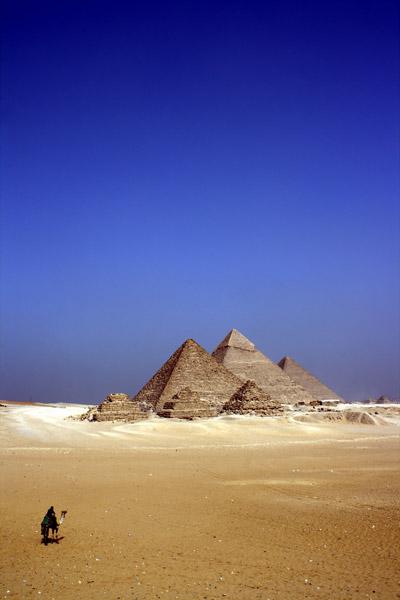
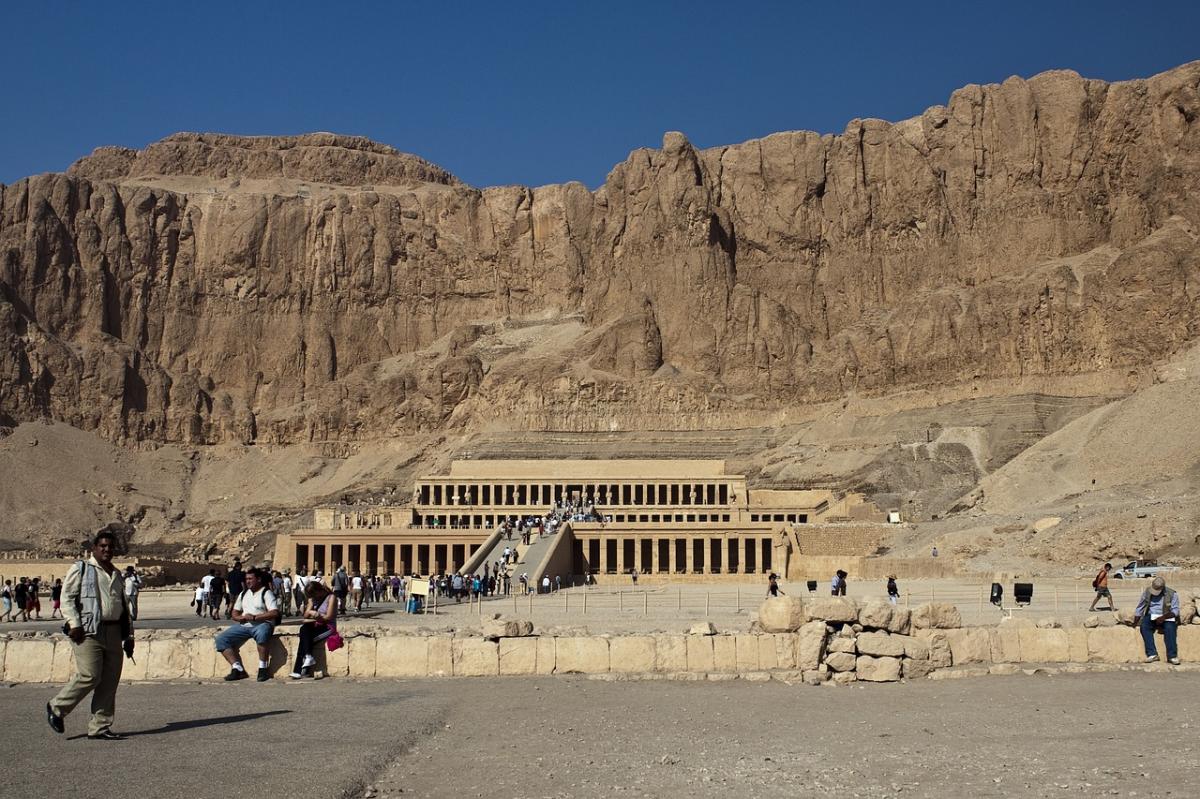
The ancient Valley of the Kings in Egypt is an iconic historical site located on the west bank of the Nile River. The valley was used as a burial ground for many pharaohs and their families from around 1539 BC until 1075 BC. It contains more than sixty tombs, which were all carefully constructed to protect...
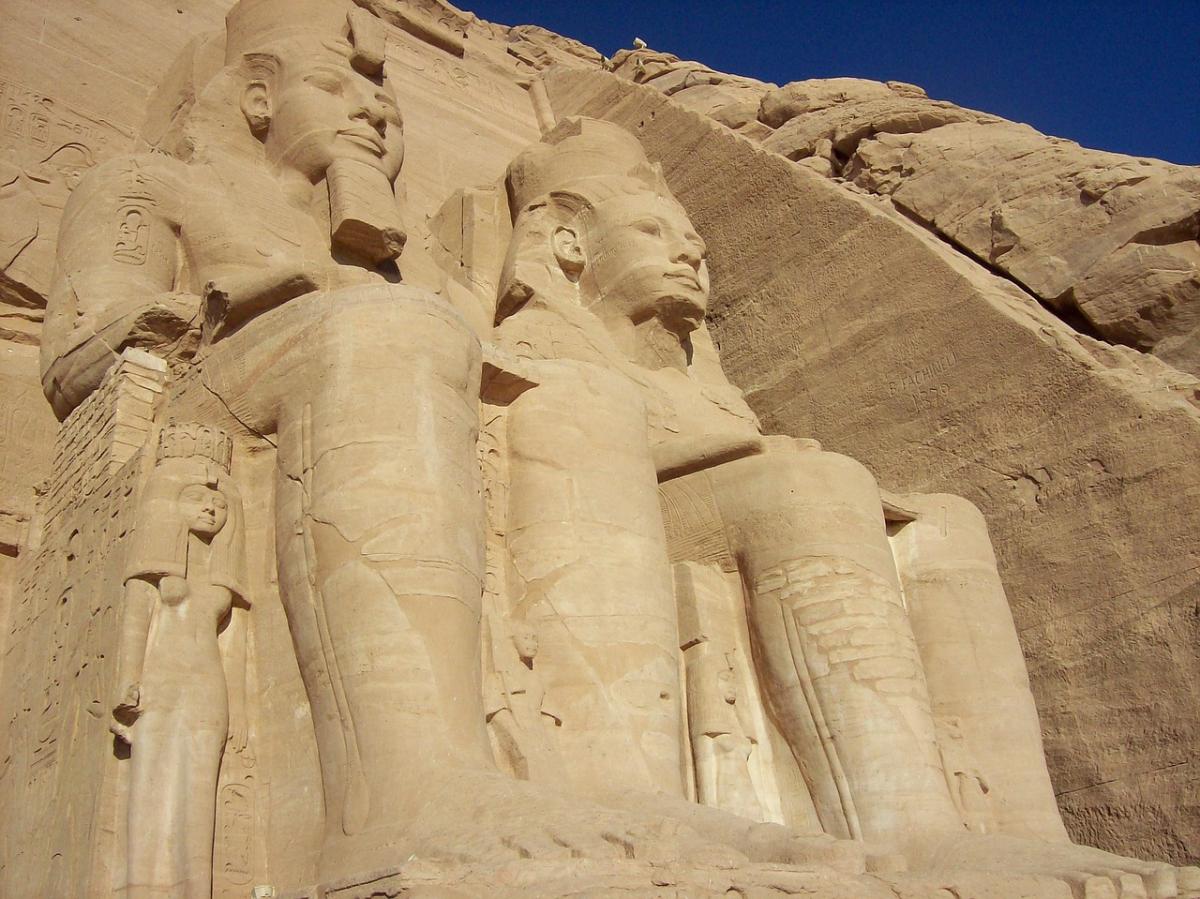
Luxor is an ancient city located in the south of Egypt on the east bank of the Nile River. It was founded by Pharaoh Amenhotep III around 1400 BCE and it served as a major religious center for much of Ancient Egyptian history. Luxor’s most famous monuments are its two large temples: The Temple of Karnak,...
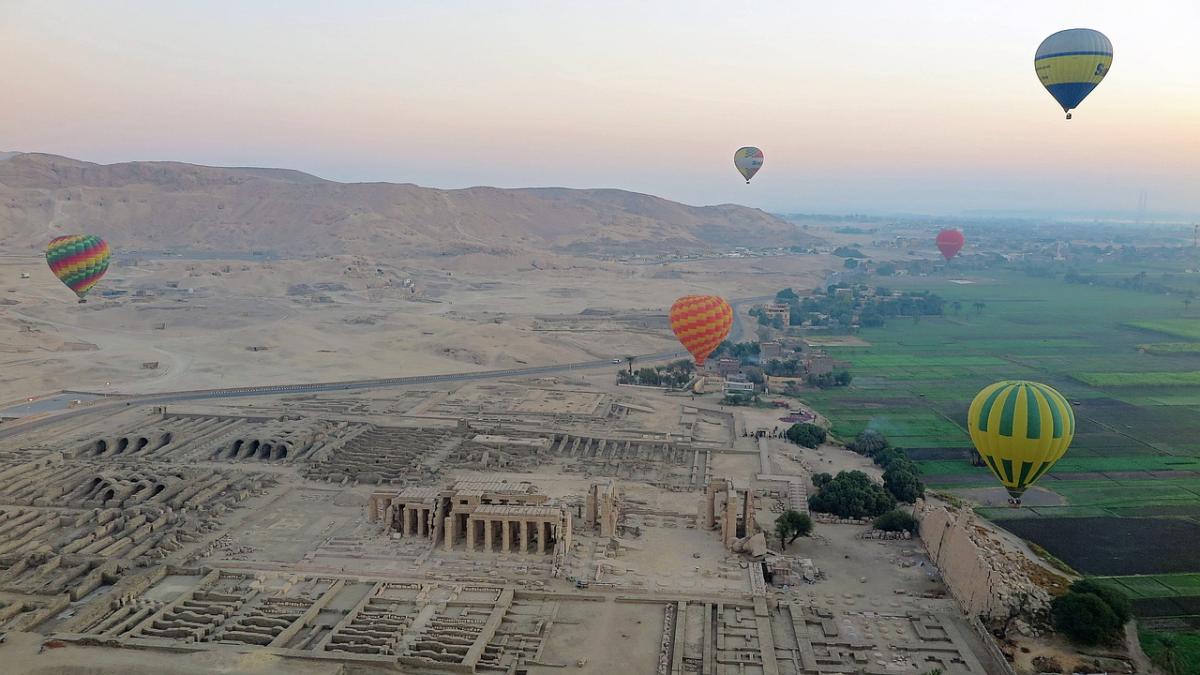
Hot air ballooning is a popular activity in the city of Luxor, Egypt. The history of hot air ballooning in Luxor dates back to the late 19th century when it was introduced by European and American travelers as an exciting way to explore the area. Today, hot air balloons are still available for rides...